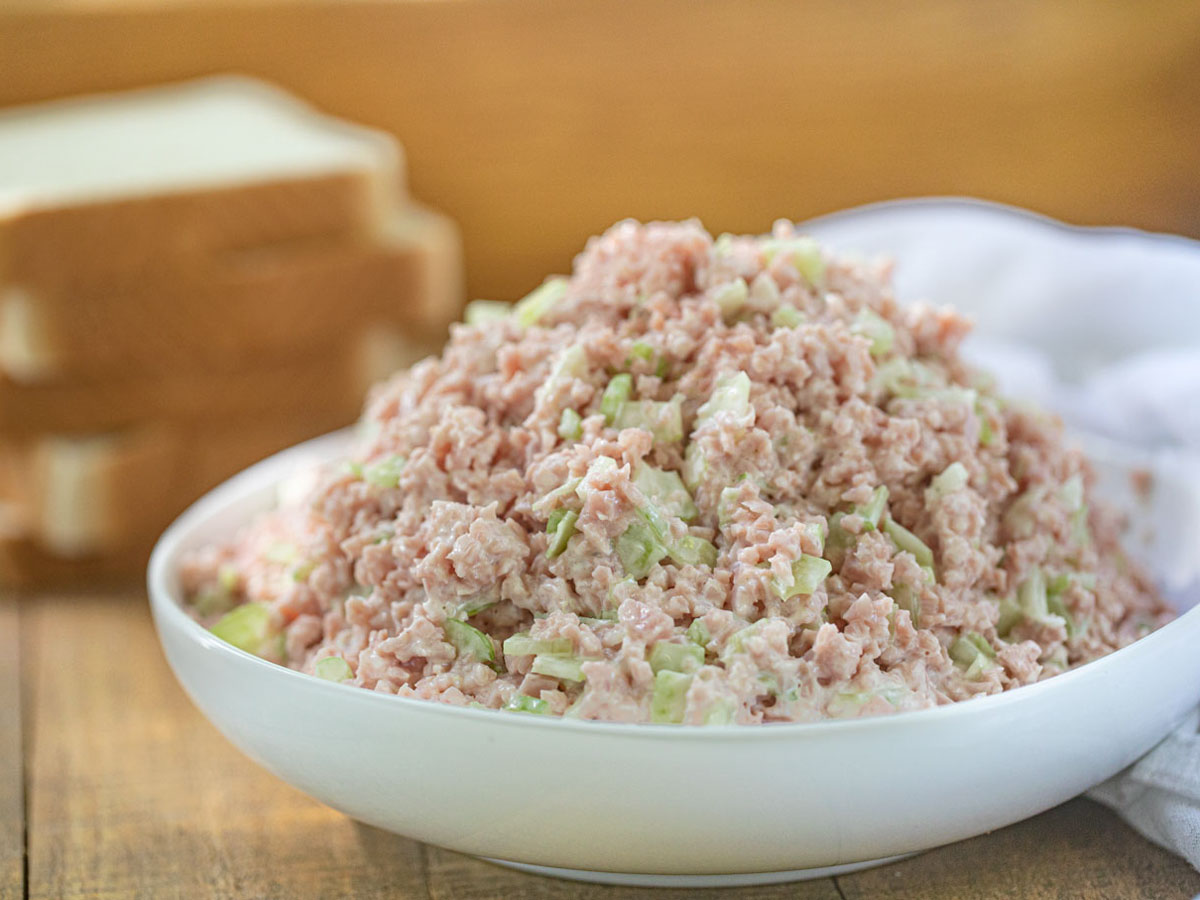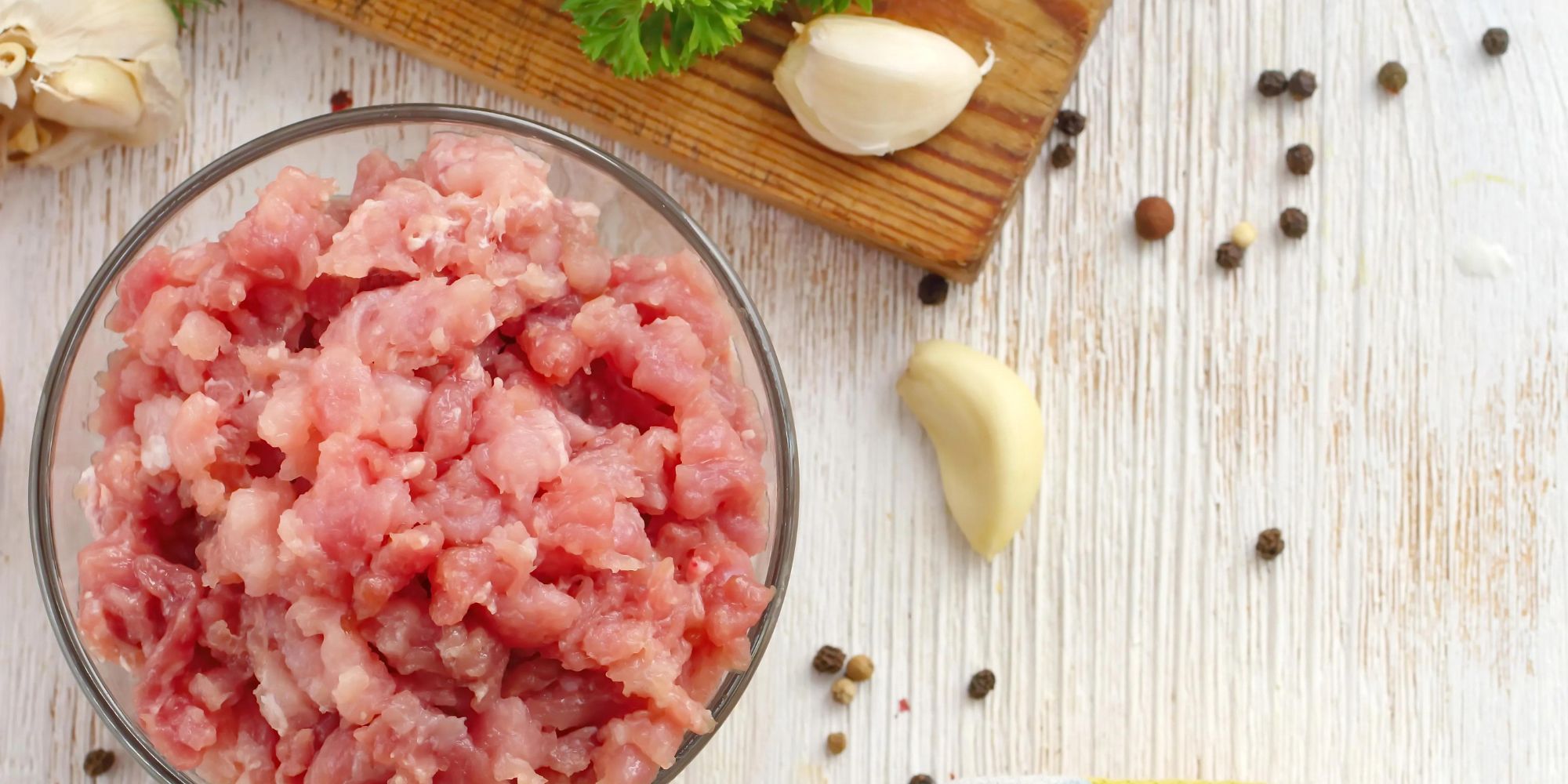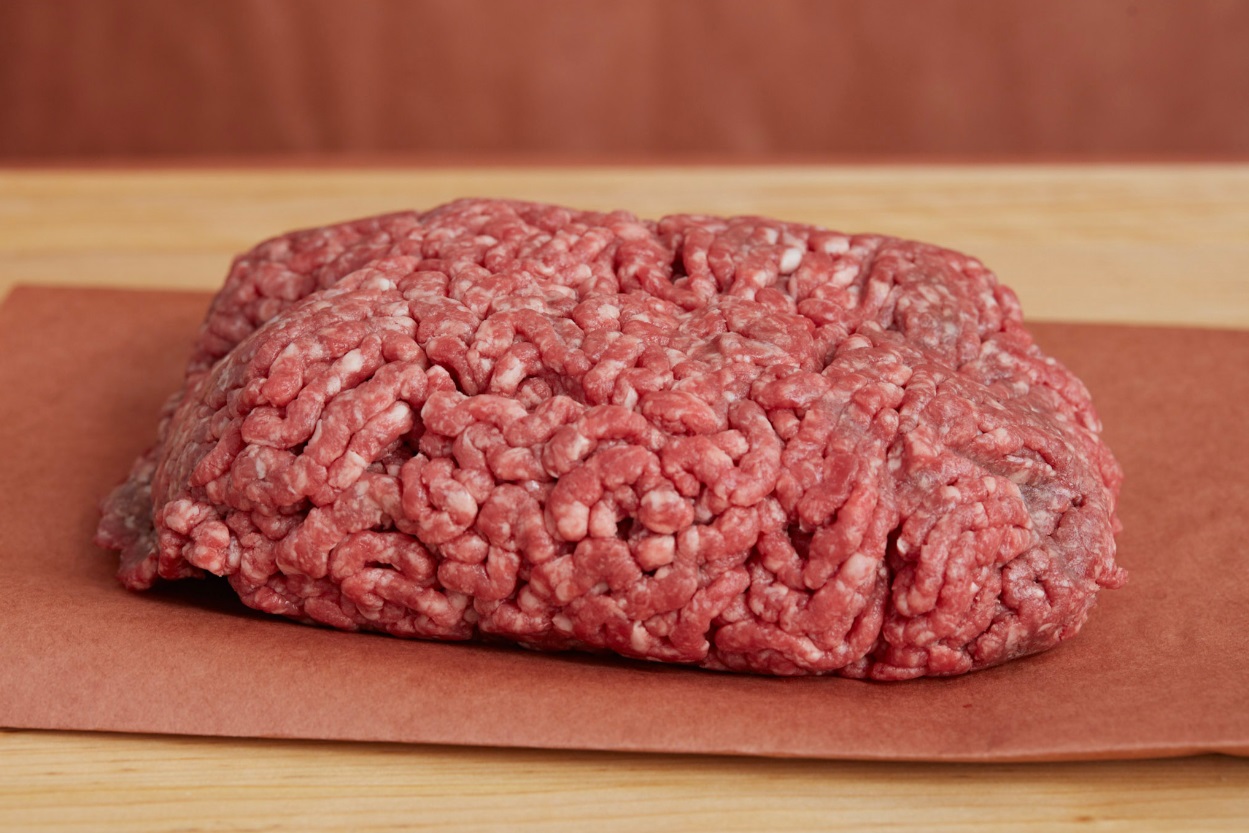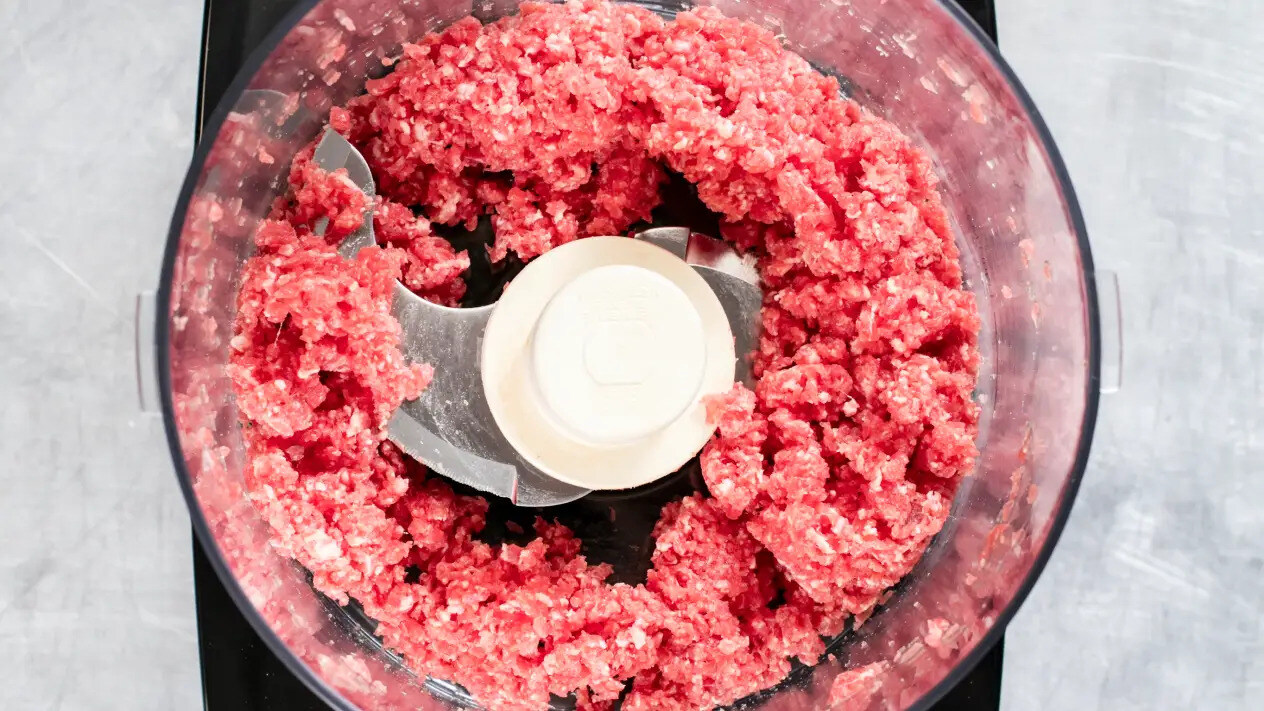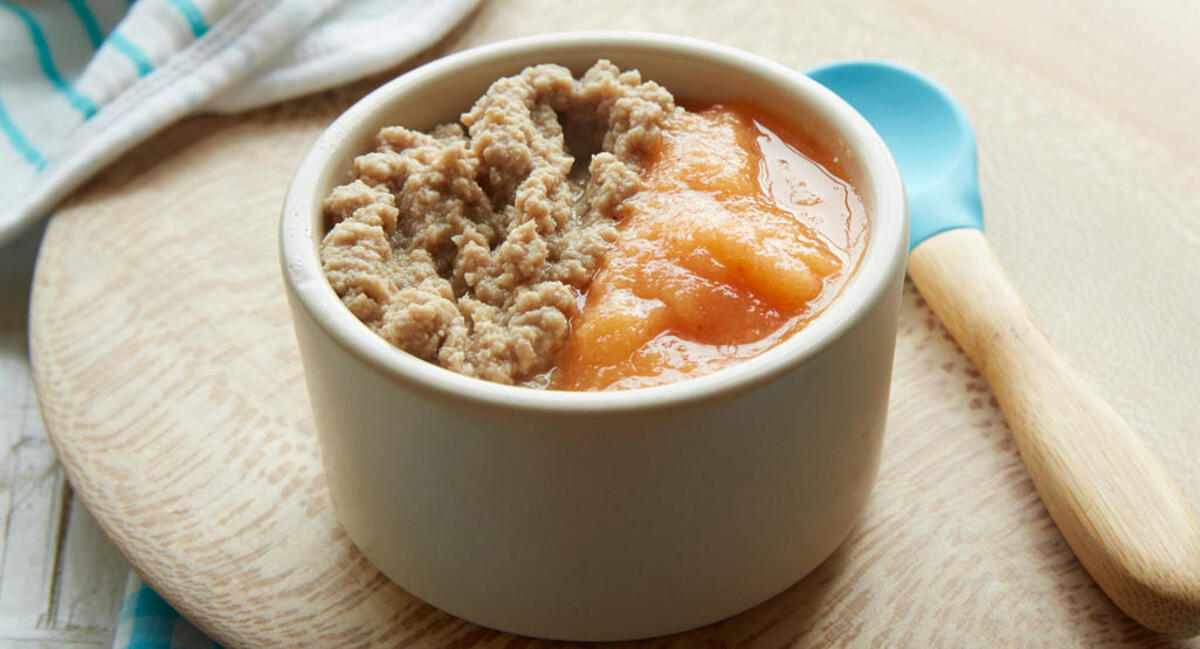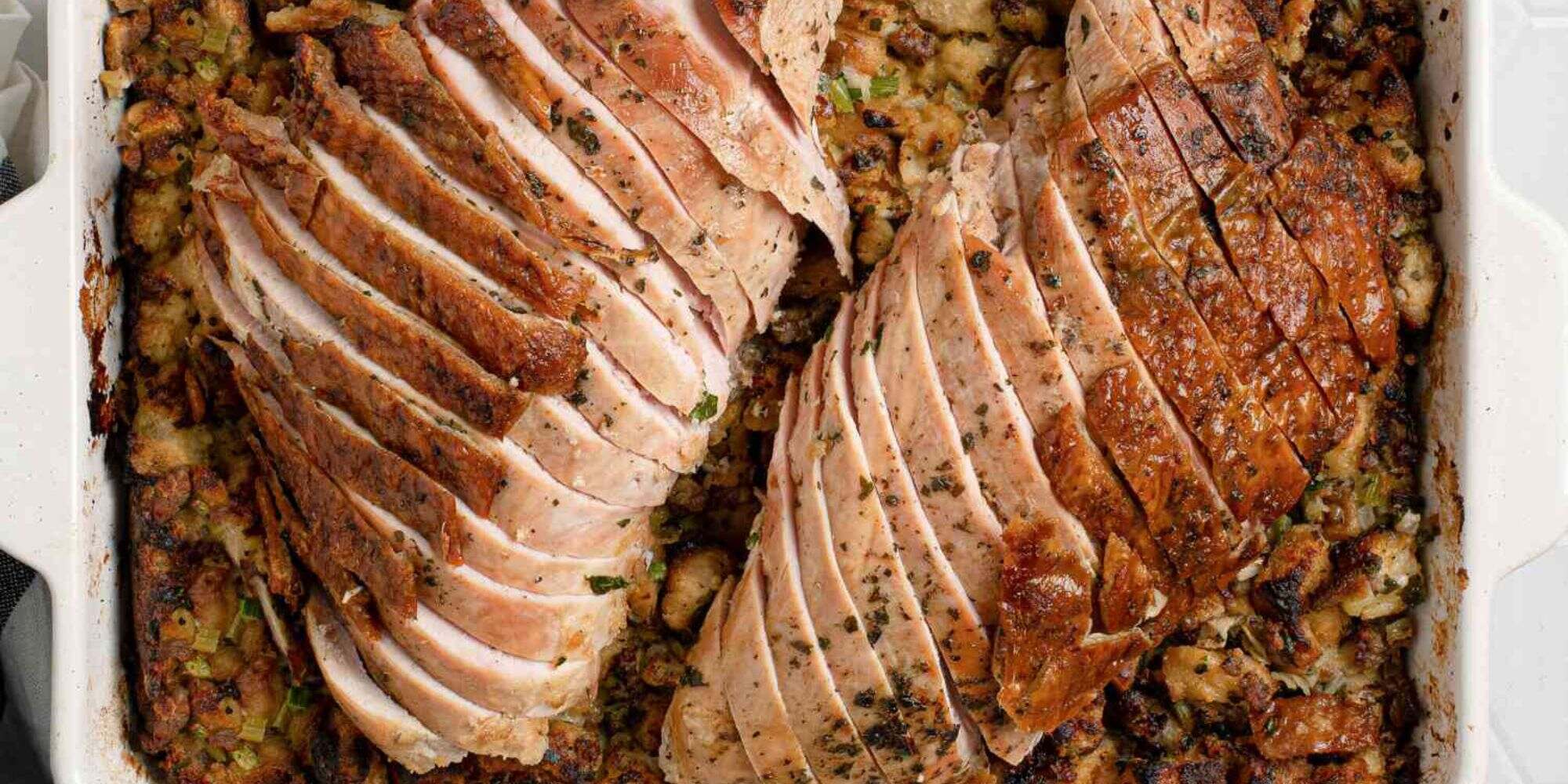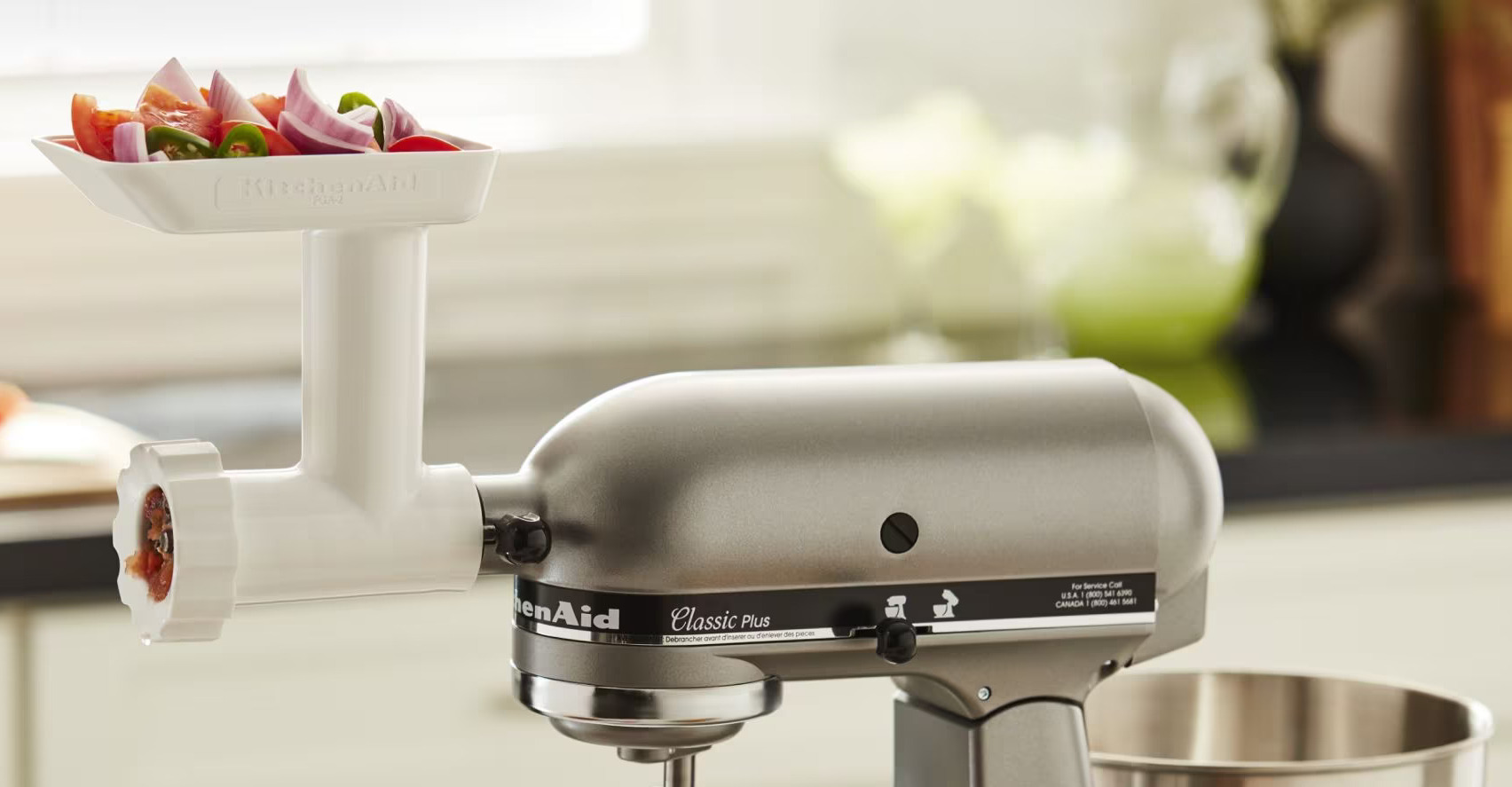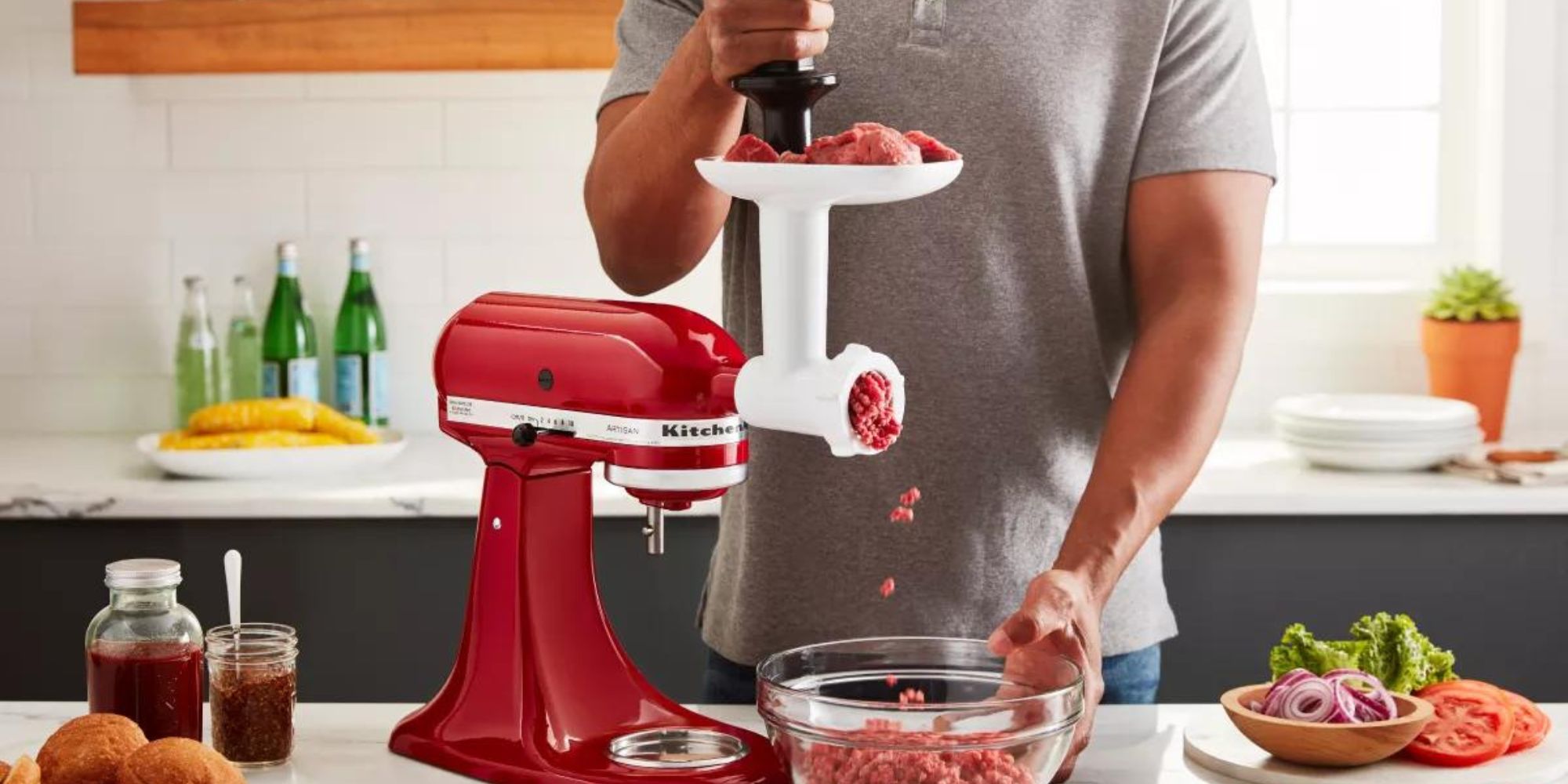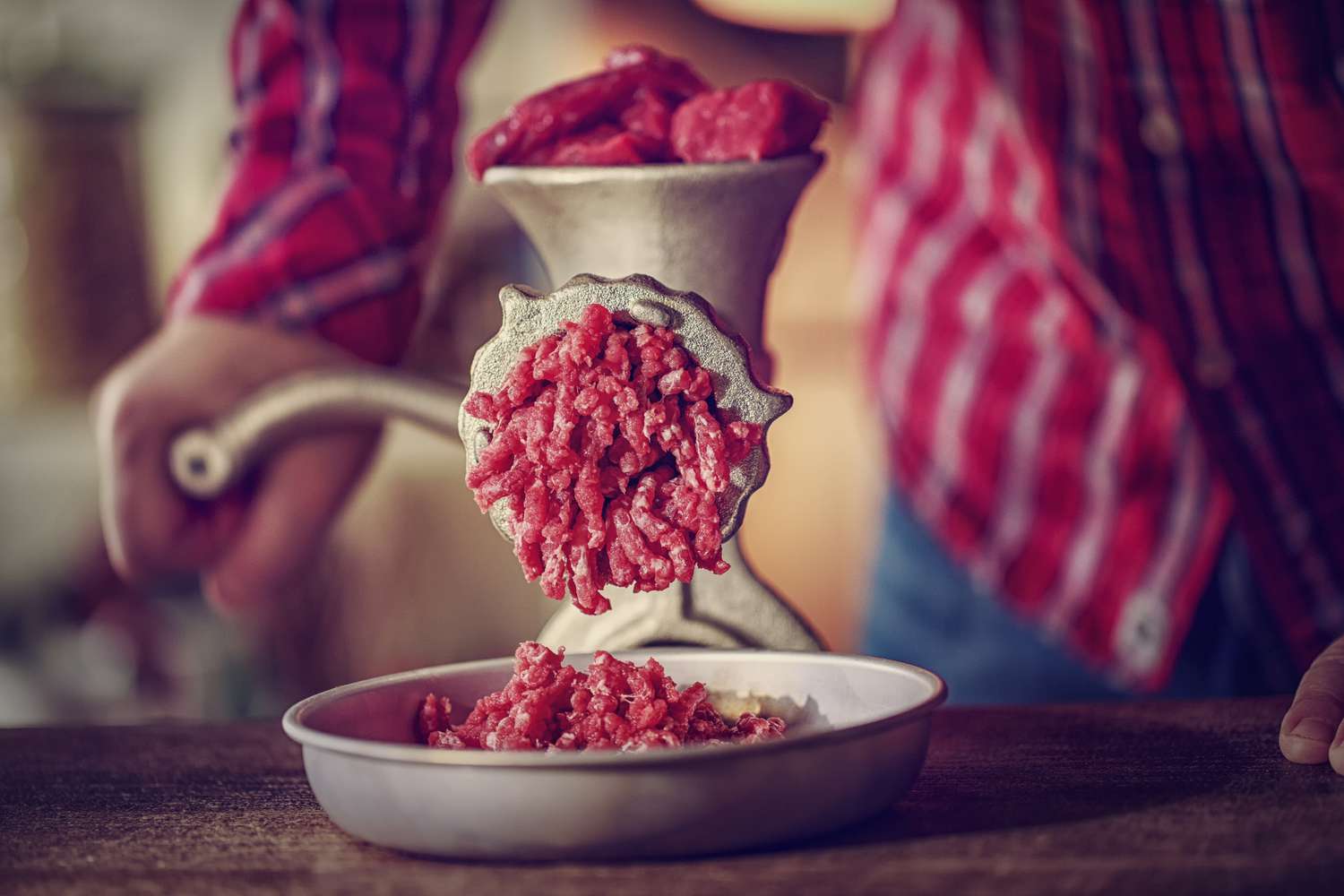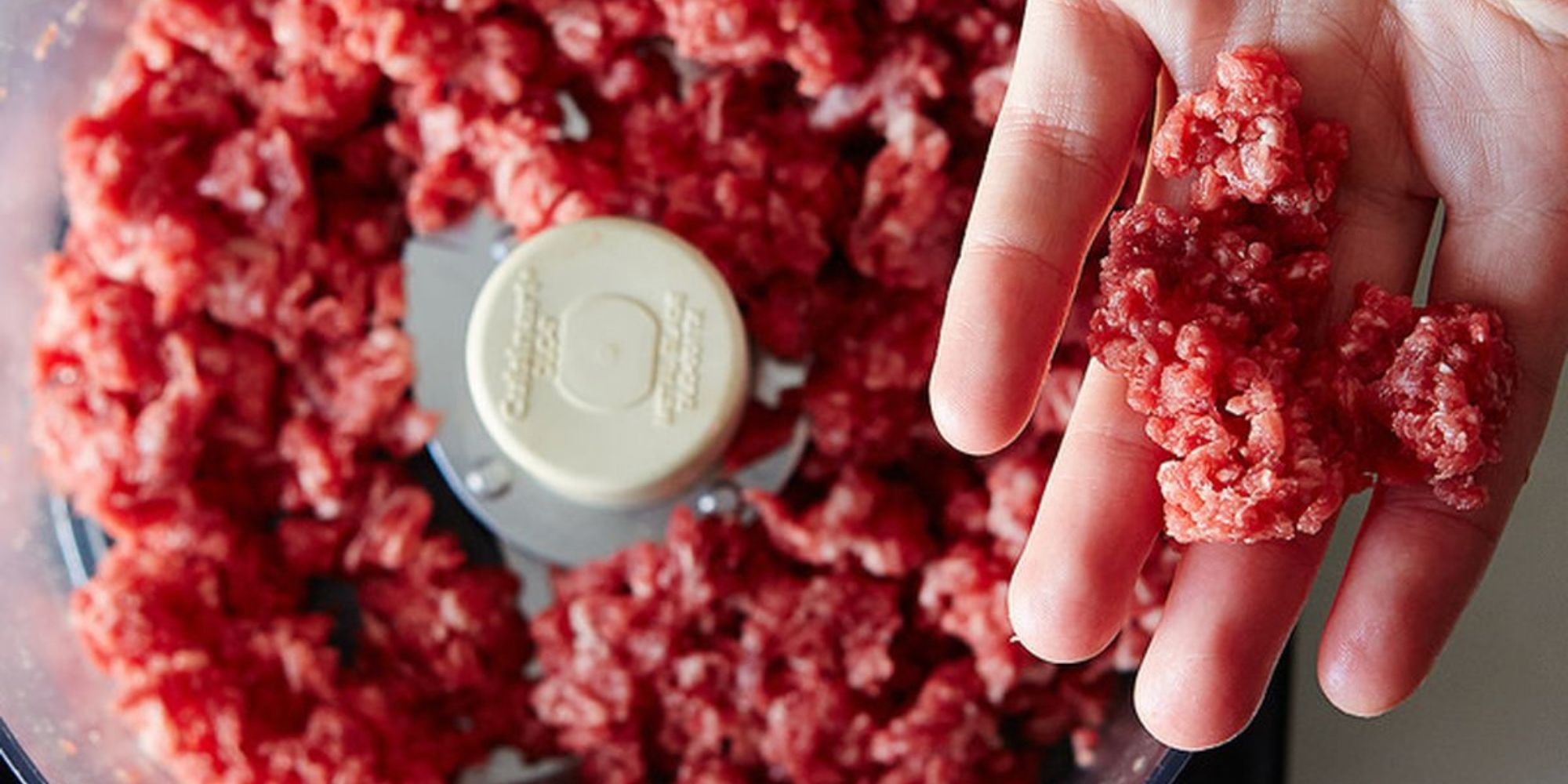Grinding Your Own Lunch Meat: A Step-by-Step Guide
Are you tired of the pre-packaged lunch meat from the grocery store? Do you want to take your sandwiches to the next level? Grinding your own lunch meat at home is a game changer. Not only does it allow you to control the quality of the meat, but it also opens up a world of flavor possibilities. Here’s a step-by-step guide to help you grind your own lunch meat like a pro.
Choose the Right Cut of Meat
When it comes to grinding your own lunch meat, the cut of meat you choose is crucial. Look for cuts that are well-marbled and have a good balance of fat and lean meat. Some popular choices include:
- Beef chuck
- Pork shoulder
- Chicken thighs
- Turkey breast
Make sure the meat is fresh and free of any additives or preservatives for the best results.
Prepare the Meat
Before you start grinding, it’s important to prepare the meat properly. Cut the meat into small cubes, about 1-inch in size. This will make it easier to grind and ensure a more consistent texture.
Select the Right Grinder
There are two main types of grinders you can use to grind your own lunch meat: a manual meat grinder or an electric meat grinder. The choice between the two comes down to personal preference and how much meat you plan to grind. If you’re only grinding small batches, a manual grinder may suffice. However, if you plan to grind larger quantities on a regular basis, an electric grinder will save you time and effort.
Grind the Meat
Once you have your meat prepared and your grinder set up, it’s time to start grinding. Feed the meat through the grinder, using the appropriate settings for the texture you desire. For a finer grind, pass the meat through the grinder once. For a coarser grind, pass it through the grinder twice.
Season to Taste
Now that you have freshly ground lunch meat, it’s time to take it to the next level with seasoning. This is where you can get creative and tailor the flavor to your liking. Some popular seasonings for lunch meat include:
- Salt
- Pepper
- Garlic powder
- Onion powder
- Paprika
Experiment with different combinations until you find the perfect flavor profile for your sandwiches.
Store and Enjoy
Once your lunch meat is ground and seasoned, it’s important to store it properly. Use airtight containers or resealable bags to keep the meat fresh in the refrigerator for up to three days. You can also freeze it for longer storage.
Now that you have freshly ground lunch meat, it’s time to enjoy it in a variety of ways. Whether you use it in sandwiches, salads, or wraps, you’ll appreciate the superior flavor and texture that comes from grinding your own lunch meat at home.
Grinding your own lunch meat may seem like a daunting task at first, but with the right guidance, it’s a rewarding and delicious endeavor. By following these steps and experimenting with different cuts and seasonings, you’ll soon become a lunch meat grinding pro.
